An Efficient Lidar-Based Algorithm for Autonomous Vehicle's Visual Detection
DOI: 10.23977/jeis.2023.080610 | Downloads: 27 | Views: 1548
Author(s)
Caixia Zhao 1, Yu Zhang 2
Affiliation(s)
1 School of Air Transportation and Engineering, Nanhang Jincheng College, Nanjing, China
2 School of Electronic Science and Engineering, Nanjing University, Nanjing, China
Corresponding Author
Caixia ZhaoABSTRACT
The real-time and accurate three-dimensional object detection is one of the core tasks in the perception of autonomous driving environments. In recent years, the development of deep learning technology and lidar technology has led to significant advancements in the application of three-dimensional object detection algorithms in large-scale general scenarios. However, existing lidar-based three-dimensional object detection algorithms still face challenges in complex traffic scenarios, and the difficulty lies in balancing the accuracy and inference speed of the algorithms. In this regard, the voxel-based single-stage three-dimensional object detection algorithm SECOND is used as the baseline algorithm and an efficient single-stage vehicle detection algorithm framework tailored for complex autonomous driving scenarios is proposed. Firstly, a residual structure is introduced and the feature channel number is reconstructed in the three-dimensional feature extraction backbone, which effectively reduce the loss of spatial geometric features in the point cloud during the feature extraction process and make the model training more stable. Secondly, the multi-scale feature fusion technology and a spatial feature attention mechanism are introduced and a more efficient two-dimensional feature fusion backbone is designed, which facilitates the learning of the model for vehicle size and orientation. The proposed algorithm is trained and validated on the open-source dataset ONCE. Compared to the baseline algorithm, the average detection accuracy for vehicles is improved by 5.64%, while maintaining an inference speed of 20 frames per second (FPS). This significantly enhances the algorithm's perception performance for vehicles in complex traffic scenarios.
KEYWORDS
Autonomous driving, deep learning, vehicle detection, lidar point cloudCITE THIS PAPER
Caixia Zhao, Yu Zhang, An Efficient Lidar-Based Algorithm for Autonomous Vehicle's Visual Detection. Journal of Electronics and Information Science (2023) Vol. 8: 77-86. DOI: http://dx.doi.org/10.23977/10.23977/jeis.2023.080610.
REFERENCES
[1] Jing Qin, Weibin Wang, Qijie Zou, et al. Reviewof 3D Target Detection Methods Based on LiDAR Point Cloud [J]. Computer Science, 2023, 50(S1):259-265.
[2] Zhenqi Wei. Research on Lidar-based 3D Object Detection Algorithm for Intelligent Vehicles [D].Jilin University, 2023. DOI:10.27162/d.cnki.gjlin.2023.001093.
[3] Qi C R, Su H, Mo K, et al. Pointnet: Deep learning on point sets for 3d classification and segmentation[C]// Proceedings of the IEEE conference on computer vision and pattern recognition. 2017: 652-660.
[4] Qi C R, Yi L, Su H, et al. Pointnet++: Deep hierarchical feature learning on point sets in a metric space [J]. Advances in neural information processing systems, 2017, 30.
[5] Zhou Y, Tuzel O. Voxelnet: End-to-end learning for point cloud based 3d object detection[C]//Proceedings of the IEEE conference on computer vision and pattern recognition. 2018: 4490-4499.
[6] B. Graham, "Sparse 3D convolutional neural networks," 2015, arXiv:1505.02890.
[7] B. Graham and L. van der Maaten, "Submanifold sparse convolutional networks," 2017, arXiv:1706.01307.
[8] Yan Y, Mao Y, Li B. Second: Sparsely embedded convolutional detection [J]. Sensors, 2018, 18(10): 3337.
[9] Shi S, Guo C, Jiang L, et al. Pv-rcnn: Point-voxel feature set abstraction for 3d object detection[C]//Proceedings of the IEEE/CVF conference on computer vision and pattern recognition. 2020: 10529-10538.
[10] Lang A H, Vora S, Caesar H, et al. Pointpillars: Fast encoders for object detection from point clouds[C]// Proceedings of the IEEE/CVF conference on computer vision and pattern recognition. 2019: 12697-12705.
[11] Deng J, Shi S, Li P, et al. Voxel r-cnn: Towards high performance voxel-based 3d object detection[C]// Proceedings of the AAAI Conference on Artificial Intelligence. 2021, 35(2): 1201-1209.
[12] Sheng H, Cai S, Liu Y, et al. Improving 3d object detection with channel-wise transformer[C]//Proceedings of the IEEE/CVF International Conference on Computer Vision. 2021: 2743-2752.
[13] Mao J, Niu M, Jiang C, et al. One million scenes for autonomous driving: Once dataset[J]. arXiv preprint arXiv: 2106.11037, 2021.
[14] He K, Zhang X, Ren S, et al. Deep residual learning for image recognition[C]//Proceedings of the IEEE conference on computer vision and pattern recognition. 2016: 770-778.
[15] Wang Q, Wu B, Zhu P, et al. ECA-Net: Efficient channel attention for deep convolutional neural networks[C]// Proceedings of the IEEE/CVF conference on computer vision and pattern recognition. 2020: 11534-11542.
[16] Loshchilov I, Hutter F. Decoupled weight decay regularization [J]. arXiv preprint arXiv:1711.05101, 2017.
[17] Yin T, Zhou X, Krahenbuhl P. Center-based 3d object detection and tracking[C]//Proceedings of the IEEE/CVF conference on computer vision and pattern recognition. 2021: 11784-11793.
[18] Shi S, Wang Z, Wang X, et al. Part-aˆ 2 net: 3d part-aware and aggregation neural network for object detection from point cloud [J]. arXiv preprint arXiv:1907.03670, 2019, 2(3).
| Downloads: | 13850 |
|---|---|
| Visits: | 586959 |
Sponsors, Associates, and Links
-
Information Systems and Signal Processing Journal
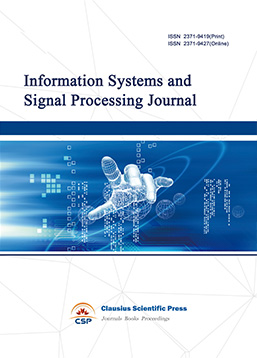
-
Intelligent Robots and Systems
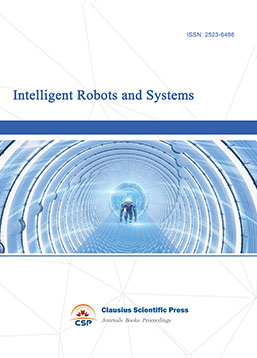
-
Journal of Image, Video and Signals
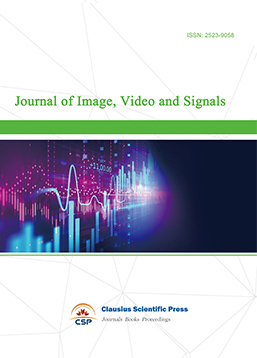
-
Transactions on Real-Time and Embedded Systems
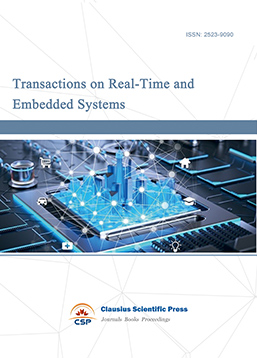
-
Journal of Electromagnetic Interference and Compatibility
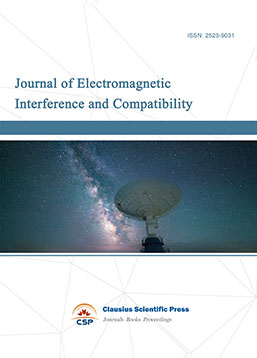
-
Acoustics, Speech and Signal Processing
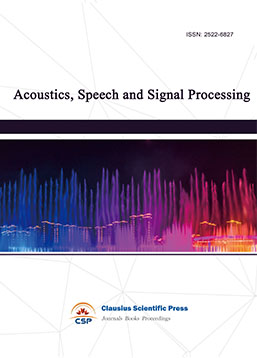
-
Journal of Power Electronics, Machines and Drives
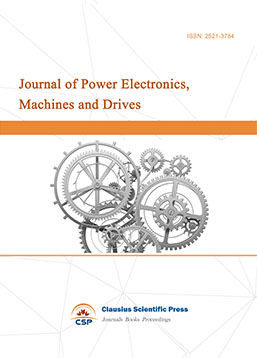
-
Journal of Electro Optics and Lasers
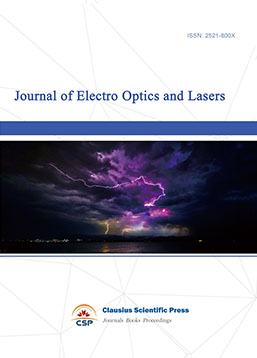
-
Journal of Integrated Circuits Design and Test
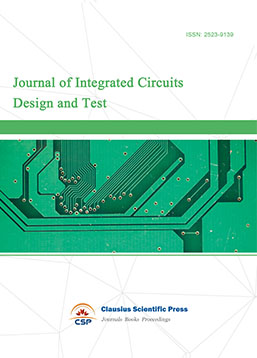
-
Journal of Ultrasonics
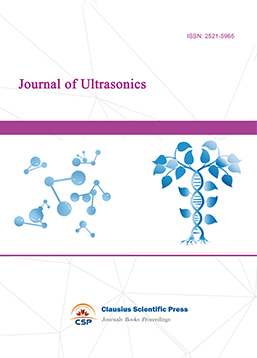
-
Antennas and Propagation
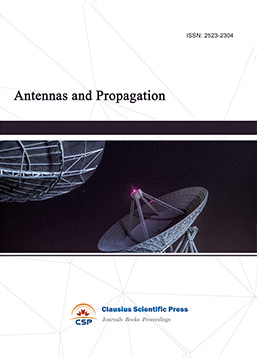
-
Optical Communications
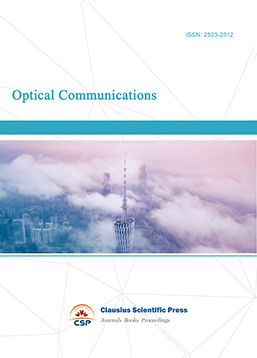
-
Solid-State Circuits and Systems-on-a-Chip
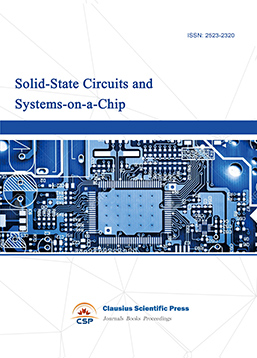
-
Field-Programmable Gate Arrays
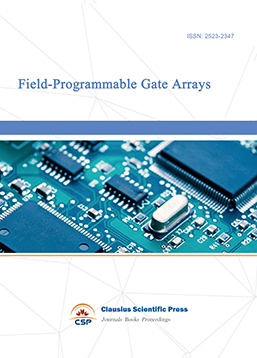
-
Vehicular Electronics and Safety
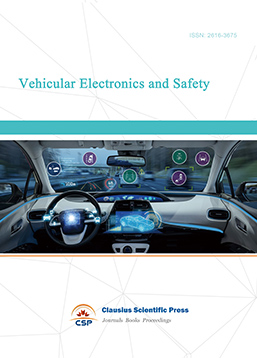
-
Optical Fiber Sensor and Communication
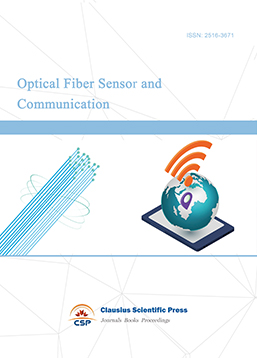
-
Journal of Low Power Electronics and Design
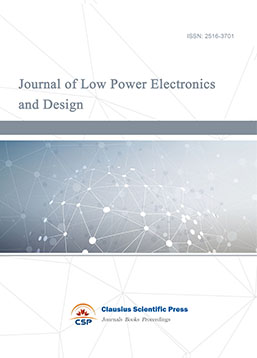
-
Infrared and Millimeter Wave
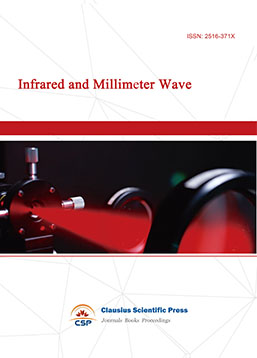
-
Detection Technology and Automation Equipment
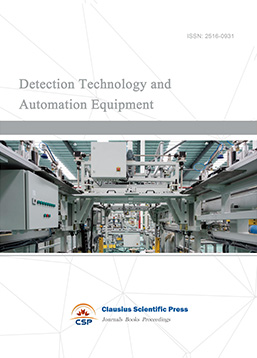
-
Journal of Radio and Wireless
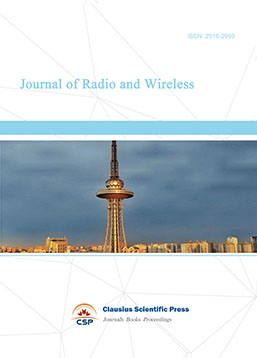
-
Journal of Microwave and Terahertz Engineering
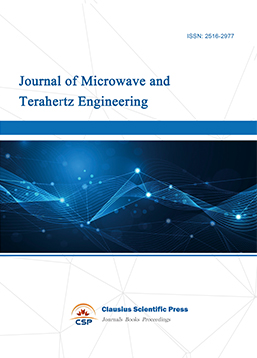
-
Journal of Communication, Control and Computing
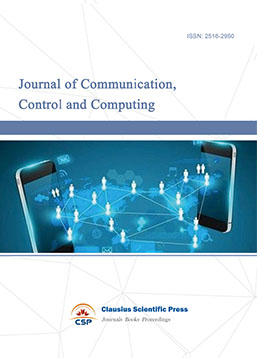
-
International Journal of Surveying and Mapping
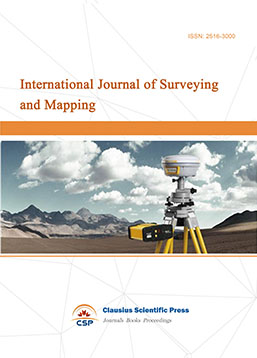
-
Information Retrieval, Systems and Services
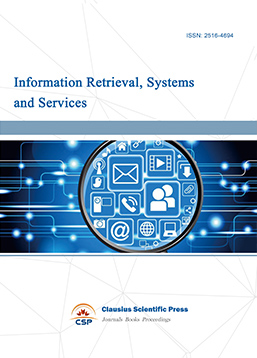
-
Journal of Biometrics, Identity and Security
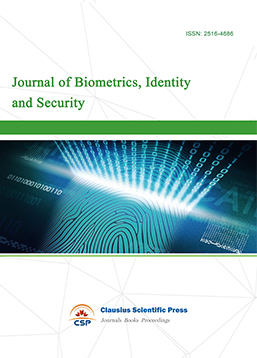
-
Journal of Avionics, Radar and Sonar
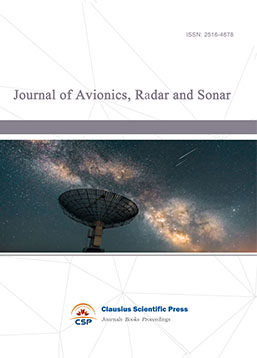

 Download as PDF
Download as PDF